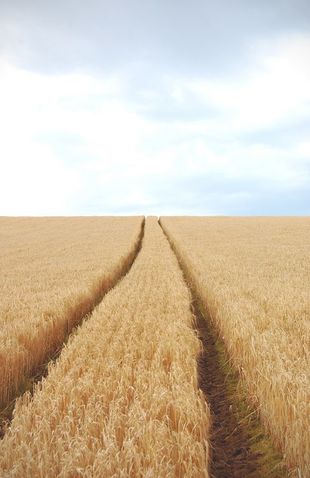
For years I have been a lone voice calling for the ban, which was introduced in 1993, due to ‘environmental and safety concerns’, to be revoked. When I raised the subject, in a column in the Farmers Weekly, I was firmly slapped down by the then newly appointed President of the NFU, Peter Kendall, who assured me, “it will never happen”.
Mark Pettitt, a Lincolnshire farmer, recently set fire to part of a field where he had “exhausted all other options”, having tried to cultivate the particularly heavily populated area of blackgrass. The blackgrass on his land is now 100% resistant to chemicals, and his yields are down 50%, where it is particularly bad.
Mr Pettitt is calling for stubble burning to return, and be used where necessary, in a responsible way. It is not essential to burn everything and every stubble field, but this valuable tool, which was for hundreds of years, should not be looked upon as a criminal act of sabotage. It is gentle on the environment and reduces the need for chemicals.
I too was threatening to burn parts of our fields, which this year were badly populated by this troublesome weed. But the moment passed and we never got round to it, which I am certain I will regret next year when the blackgrass raises its head above the crop, and tries to smother it once again.
The story of Mr Pettitt’s experience is interesting in that the area which he burnt, and subsequently planted with oilseed rape, along with the rest of the field, is looking remarkably healthy. He said there are more plants per square metre, and he has not had to use slug pellets there. By comparison, the plants are smaller and fewer in number on the non-burnt area – even though the crop was drilled at the same rate.
This trial shows the positive reasons to target particular areas of dense blackgrass with burning, and I am sure many of us will be following this Lincolnshire farmer’s example next year.
As farmers across Europe face a slump in cereal and oilseed yields, mainly due to bad weather, an increase of pests, diseases and an abundance of blackgrass, all of which are harder to control as they become more resistant to crop-protection products, farmers need a helping hand. The cheap and reliable option of a box of matches, should save farmers thousands of pounds and much heartache.
There seem to be more wasps about than ever. Having dealt successfully with over a dozen nests around the farms and properties, without mishap, one got the better of me last week.
As I was dealing with a nest high in the eaves of Ote Hall via an upstairs window, one of the blighters decided to take revenge and stung me on my head. Within twenty minutes my entire body was burning up and the colour of a very red lobster, and everything from my watch strap to my shoes became tight and uncomfortable.
Having never reacted to a wasp sting before, I found this an interesting development. Thanks to our resident paramedic Jerry, who arrived sometime later with supplies of antihistamine, all was well and things slowly subsided.
However, two days later I realised our not so friendly wasp was not going to let me off that easily, and woke up to find my left eye completely closed and that side of my face looking as if I had done ten rounds with Mike Tyson!
By day three, things were slowly returning to normal, my face resembled someone recovering from a mere scrap with just the locally bully boy.
Since the encounter I have dealt with a further three nests including a hornet’s. The inhabitants were very large, undoubtedly foreign, and were particularly resilient, requiring two doses of my magic dust.

 RSS Feed
RSS Feed